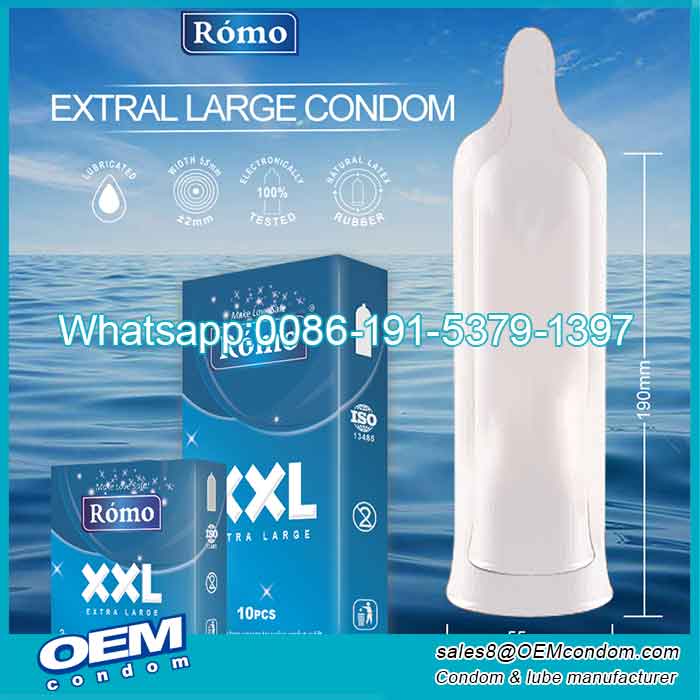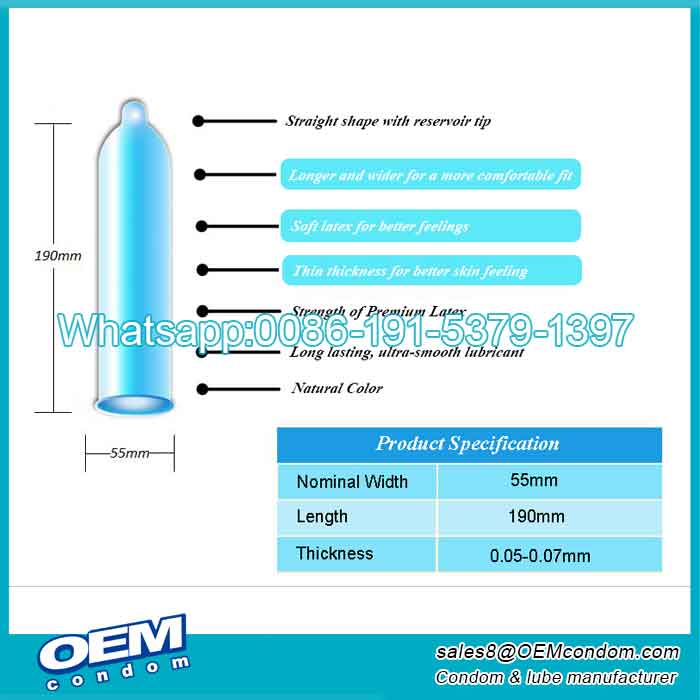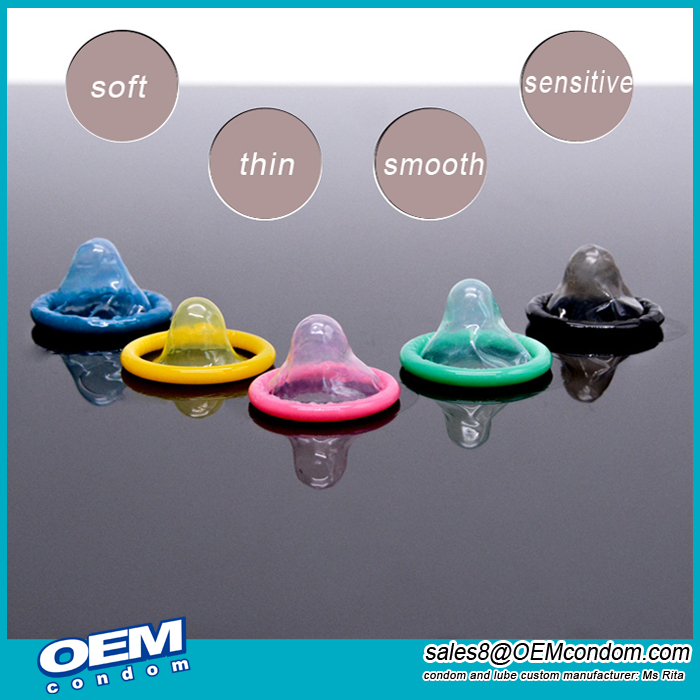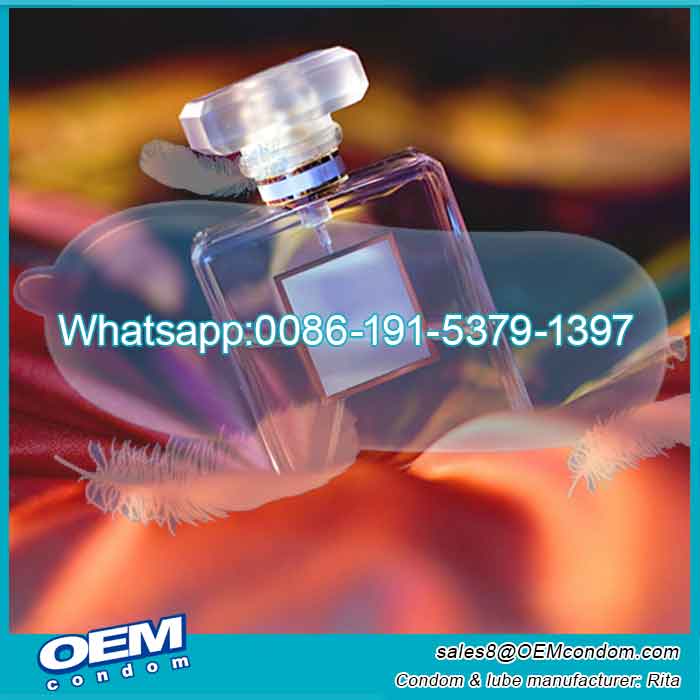Are ultra thin condom or ultra sensitive condoms as effective as regular Condoms?
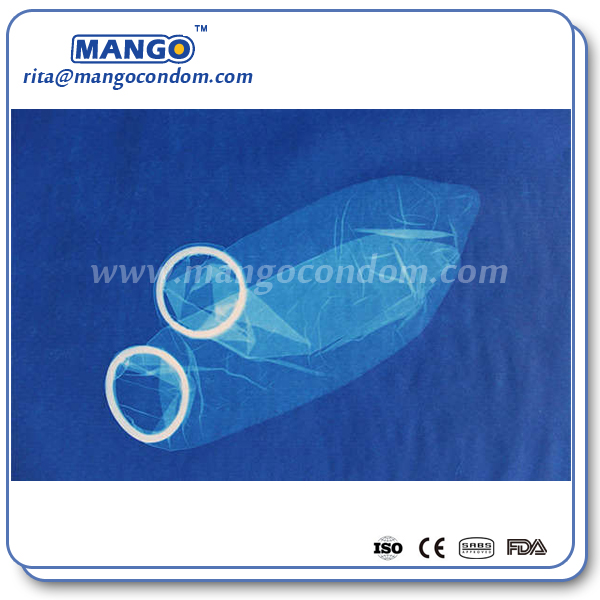
A variety of tests condom are used to determine the quality and safety of condoms, including testing package integrity, lubricant quality, leakage, and stretchiness/strength. Doesn’t “Professional Condom Tester” sound like a sexy job title? Unfortunately (or maybe fortunately) all the testing is done with machines. Both regular latex condom and ultra-thin latex condoms have been approved by the U.S. Food and Drug Administration (FDA), so they should both be safe and effective.
Furthermore, Consumer Reports also rated 23 types of latex condom currently on the market, and all passed minimum industry standards of condom. They found no correlation between performance and price, thickness, or the country where condoms were made. In fact, some of the ultra-sensitive condoms received top ratings for strength and reliability.
Condom Manufacturers screen every condom as part of the manufacturing process by passing an electric current through the latex condom to test for tiny holes or weak spots. Such as, condom breakage due to poor manufacturing quality is extremely rare. Condom failure is almost always due to user error. For tips on improving technique, check out Common reasons for condom failure in Alice’s Sexual Health archive.
Following these guidelines when using any kind of condom will help avoid blowouts or slip-ups:
1: Keep condoms out of direct sunlight and away from exposure to high temperatures.
Check expiration dates.
2: Make sure the package is sealed and has no holes you should be able to feel an air pocket in every package.
3: Open the package right before you need it, and use your fingers (not your teeth, which can tear the condom).
4: Stick with water- or silicon-based lubes rather than oil-based ones.
Professional in producing premium quality condoms, welcome contact us:[email protected]


